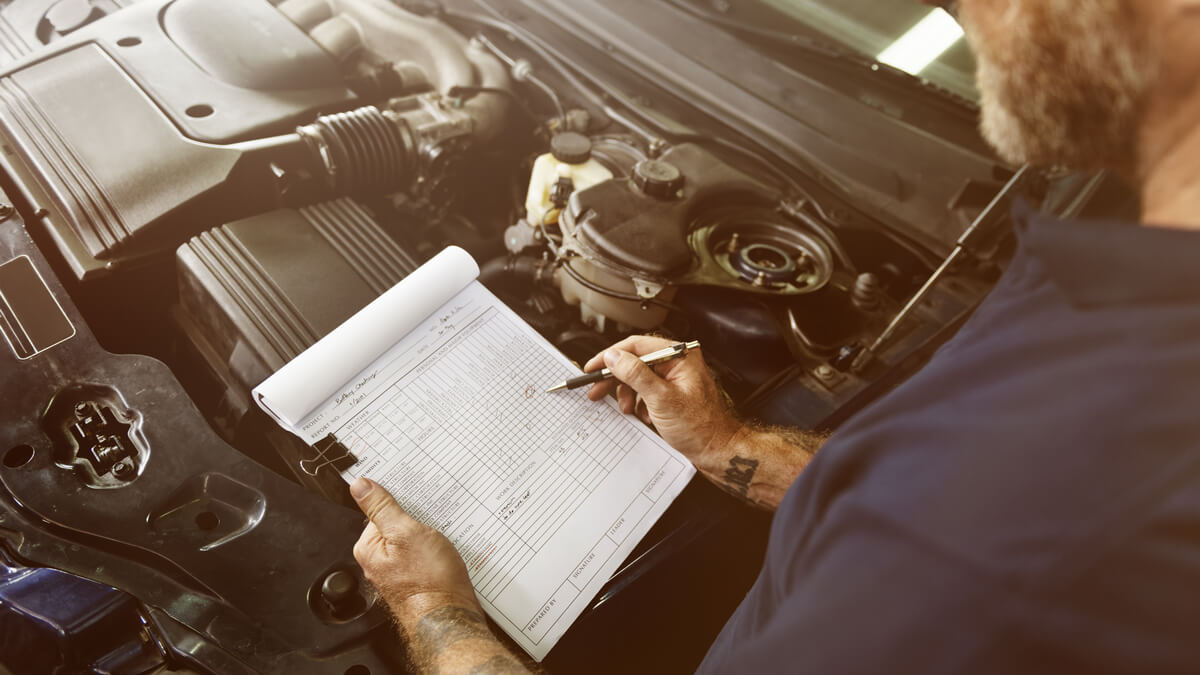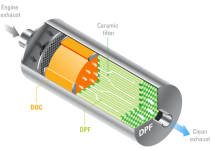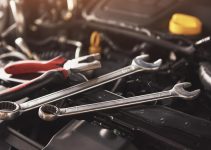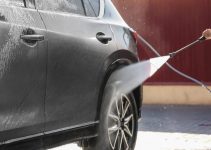Buying a car could be expensive, especially if you purchase a brand-new one. In fact, the average cost of a new car in 2021 is well over $40,000. If you want to make the most out of your investment, taking good care of it is essential. After all, you’ll be using it to commute to work, run errands around town, take long drives, and more.
Regular maintenance is one of the important things you can do to look after your means of transport. A vehicle that undergoes routine checks is not only more environmentally-friendly but also tends to run more efficiently and uses less fuel. If you’ve spent thousands of dollars on a car and want to extend its life, you’ll also have to protect it with the best extended car warranty while staying on top of its maintenance schedule.
Car maintenance is a critical task to keep your vehicle running smoothly. Indeed, routine maintenance checks help address car problems even before they arise, increase road safety, and reduce the risk of car breakdown. Over time, all of these save you time and money on out-of-pocket repairs and expenses related to owning a car.
Table of Contents
What to Inspect Based on the Schedule
If you want your car to last longer, you need to pay attention to the basic car maintenance checklist. It’s a tool that will help you keep track of car service schedules. How and when you maintain your car depends largely on the needs of your vehicle. Your car may need certain maintenance tasks regularly, monthly, or according to accumulated mileage.
The following maintenance schedule should help guide you in identifying car parts or items to inspect:
Basic Car Maintenance
One way to keep your car in optimal condition is by visually examining several items and features on your car regularly. These include the Check Engine Light (CEL). If your CEL is on, then it needs immediate attention as it’s a sign that there’s an issue with your electronic control system.
At a minimum, something as simple as a loose gas cap or failed sensor could be causing it to flash. But it could also be due to a larger problem like faulty emissions. Sometimes, it may seem reasonable to ignore this issue if your car runs and drives fine. But remember that problems can quickly mount, causing poor performance.
Part of basic car maintenance is testing for any busted lights, such as the head, tail, signal, brake, and parking lights. Additionally, check your brakes manually to see if it has a spongy feel to it, it takes more pressure to apply than normal, and if it produces a strange sound upon applying pressure.
You also have to examine if your tire pressure light is on. Investigate if the pressure is within the normal range or see if there are any tire holes. Lastly, don’t forget to inspect your wiper blades for any indication of wear and tear.
Monthly Car Maintenance
Besides basic maintenance, you also need to be mindful of keeping your vehicle tuned up every month. This way, you can replace consumable items like engine oil, gas, and other lubricants as soon as necessary.
Your car’s engine is essentially the heart of the vehicle. You can prevent engine damage by maintaining proper amounts of motor oil. It’s designed to clean, lubricate, protect, cool, and sometimes even restore your car engine’s performance. So, you must learn how to check the oil and identify the difference between the full and low markings of a dipstick. Once your engine oil is below markings, make sure that you get it replenished.
Equally important is to check the level of coolant in your car. Also known as antifreeze, the primary function of a coolant is to absorb heat generated by a running engine. It prevents engine damage brought about by freezing or boiling. It’s also instrumental in keeping the car engine lubricated and its parts working. So, verify the coolant level at the reservoir and fill it up to normal level.
Every Three Months or After 3,000-Mile Mark
After using your car for three months or once it reaches its 3,000 miles, you must also perform car maintenance. This way, you can replace certain items as recommended by the manufacturer. Ensure that you check the level of transmission fluid and power steering fluid. As much as possible, replace the dirty or discolored engine air filters and frayed or worn-out belts.
Inspect whether the battery is mounted properly and rust-free and that the hoses are not brittle, cracking, or leaking. Don’t forget to check the exhaust systems by listening for any strange noises. You must also replace your tire once its tread depth is 2/32 inches.
Every Six Months or After 6,000-Mile Mark
As soon as your vehicle reaches six months or its 6,000 miles perform tire rotation to help extend its service life. Engine oil and filter generally accumulate debris and tiny bits of metal and carbon over time. Change them to prevent deposits from overwhelming the engine. You must also keep your car’s chassis, steering, and suspension systems lubricated.
Don’t forget to inspect the entire brake system, including brake linings, fluids, rotors, and pads. Take time to look for any busted spark plugs and replace the timing belt should you spot any sign of wear and tear. Finally, investigate if smoothness and ease of control are decreased when driving.
Why It Matters
If you want to eliminate unexpected auto defects and engine failures, see to it that you stick to the abovementioned maintenance checklist. By proactively catching issues, you prolong your car’s reliable performance, thus, helping ensure safety and roadworthiness.
Quite often, it’s the small things like regularly checking your brakes, tire pressure, fluid levels, battery, and lights that make the big difference in the long run.








Great post just in time for me. I feel blessed to have run across this article today. My car is getting strange lately and I think it requires a tune up. However, I’m New to the maintenance scene because I don’t know which car maintenance consists of. Now I can count on your checklist to have a mechanic performed the maintenance. Thank you so much
I appreciate the kind words, mate — don’t hesitate to reach out if you need any help! ✌